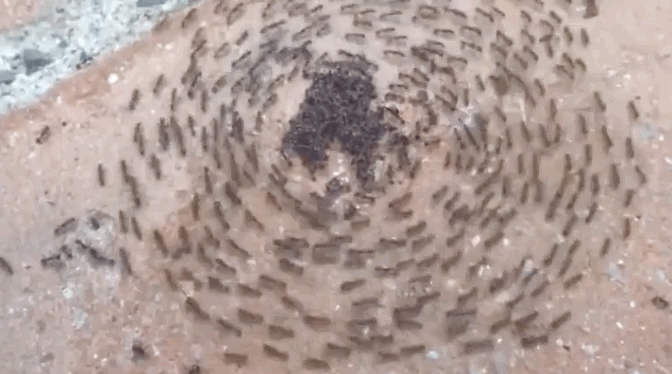How to Get Stuff Done in a DAO
By Daniel Cooper
Check out our video presentation of this topic by Gian “How to get stuff done”.
Decentralized Autonomous Organizations (DAOs) are an alternative to traditional organizational structures where, among other key differences, there is a lack of managerial roles. Instead, members of the organization typically self-organize to get things done.
One implication of this lack of managerial roles is that members of the organization don’t have to run ideas through a supervisor for permission or approvals. In today's mainstream work culture, this can seem like a challenge because people are used to operating in extremely hierarchical organizations.
In a horizontal and autonomous organizational structure (no boss/es), taking the initiative and following up on our ideas and projects depends entirely on individual initiative and peer support.
In this article, we’ll share a simple 4 step process that can help people who are new to this type of organization to get things done.
1. IDENTIFY a problem or need
A DAO will become stronger to the extent that members are devoted to solving its issues. First step: identify a problem. Do your research on why this problem exists, what other DAOs or organizations do about it, and discuss the subject with others. Building collective knowledge and analysis is a fantastic way to view the same issue from a variety of perspectives.
2. DESIGN and COMMUNICATE a solution
Now you are ready to write a brief description of how you intend to solve the problem and share your suggested solution through the most appropriate channel (ex. Discord, Github issues, internal forum). If there isn’t a proper channel to communicate your plan to the team, this can be an additional issue to tackle. Remember, if you don’t know what is the best channel to use, it’s always better to over-share and post in more than one place.
In your brief description, explain:
What is broken
Why it matters
How you plan to fix it
3. IMPLEMENT the solution
After getting initial feedback, start executing on your plan– whether it’s setting up a new tool, coding up some utility, crafting a new workflow, creating a piece of content, or designing a media asset. Work in public as much as possible, sharing new versions as you go to keep the feedback-loop tight. Make sure to specifically collect feedback on the quality of the solution you’re building and regarding the importance of the issue itself. Nobody wants to spend valuable time building a great tool that nobody needs.
4. EMBED the solution into existing workflows
Just because you built something awesome that solves an existing problem doesn’t mean anyone will use it. In addition to sharing updates in the appropriate channels, there are several important ways to get your changes integrated into the day-to-day realities and workflows of the organization:
Make a pull request to the documentation site (gitbook, website, notion, etc.) of the relevant workflow
Post a demo video
Organize a walkthrough call with specific people or during regular group meetings
Ask the relevant community members to announce the update in your main communication channels (Discord, newsletter, twitter, etc.)
Set up metrics that measure whether the solution is working and schedule checkpoints to evaluate progress and make adjustments
Merging solutions with existing workflows is crucial for deep behavioral changes, requiring follow-up, repetition, and onboarding.
Feedback does not equal permission
Getting feedback does NOT mean requesting formal sign-off or an official vote. Only initiate a DAO proposal before executing the solution (step 3) if you expect your efforts to exceed the scope of work or time limitations already established within existing budgets. NOTE: This will be highly dependent on the particulars of how your DAO is organized.
Only initiate a DAO proposal before merging the solution (step 4) if the change has structural, legal, or financial implications for the organization. Keep in mind that while official proposals can formally certify the DAO’s stance, they don’t automatically imply that people will adopt the intended behavior.
Finally, don’t forget to share the experience outside of your org! We believe the best example of a web3 organization is one that shares its methods widely to help other autonomous organizations bloom.
👋 You can find us on:
Twitter https://twitter.com/dOrg_tech
YouTube https://www.youtube.com/c/dOrg_tech
Blog blog.dorg.tech
Website www.dorg.tech



